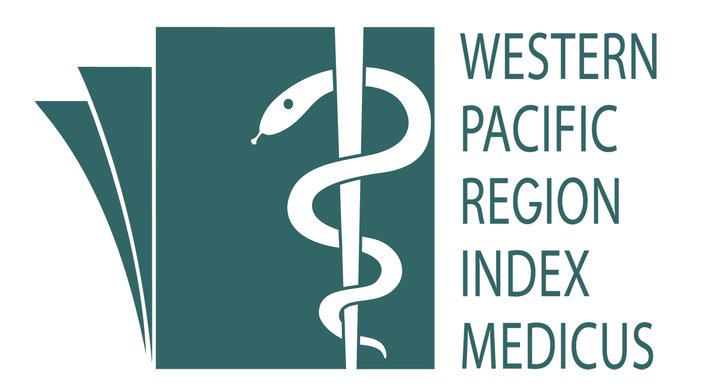Factors Associated with Asymptomatic COVID-19 Patients in Petaling District, Selangor, Malaysia
Abstract
Introduction: The rapid spread of the COVID-19 worldwide has led the World Health Organization (WHO) to declare COVID-19 outbreak as a pandemic on March 11, 2020. This study aims to determine the factors associated with asymptomatic COVID-19 patients in Petaling District, Selangor, Malaysia.
Methods: Data on COVID-19 patients were extracted from the database of confirmed cases in Petaling District Health Office, Selangor, Malaysia from 3rd February 2020 to 30th April 2020. An asymptomatic laboratory-confirmed case is a person infected with COVID-19 who does not develop any symptoms. The study included socio-demographic variables, the detailed information on clinical manifestations and co-morbidity of the patients. Descriptive and multivariable logistic regression analyses were conducted to determine the factors associated with asymptomatic patients.
Results: The overall COVID-19 patients in Petaling District were 434. Approximately 70% (N = 292) of the patients were symptomatic while 32.7% (N = 142) were asymptomatic. Multivariable logistic regression analyses revealed that factors significantly associated with asymptomatic patients were age below 40 years old (aOR: 1.79, 95% CI 1.11, 2.86), non-Malaysians (aOR: 3.22, 95% CI 1.44, 7.19) and local cases (aOR: 2.51, 95% CI 1.42, 4.42). Gender, ethnicity, co-morbidity and township were not significantly associated with asymptomatic patients.
Conclusion: Approximately one-third of COVID-19 patients were asymptomatic and the risk factors identified were younger age, non-Malaysians and local cases. Rigorous epidemiological investigation and laboratory examinations are helpful in identifying COVID-19 cases among these group of people who are asymptomatic.
Keywords: COVID-19 - asymptomatic - pandemic - Malaysia
Published
How to Cite
Issue
Section
License
IJPHR applies the Creative Commons Attribution (CC BY) license to articles and other works we publish. If you submit your paper for publication by IJPHR, you agree to have the CC BY license applied to your work. Under this Open Access license, you as the author agree that anyone can reuse your article in whole or part for any purpose, for free, even for commercial purposes. Anyone may copy, distribute, or reuse the content as long as the author and original source are properly cited. This facilitates freedom in re-use and also ensures that IJPHR content can be mined without barriers for the needs of research.






